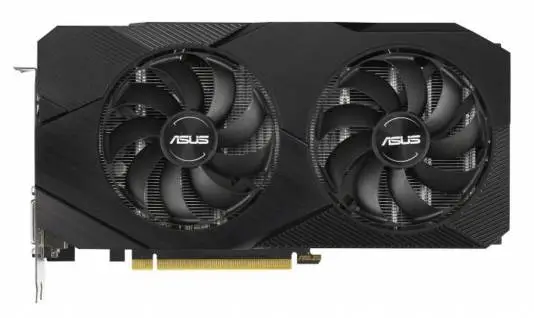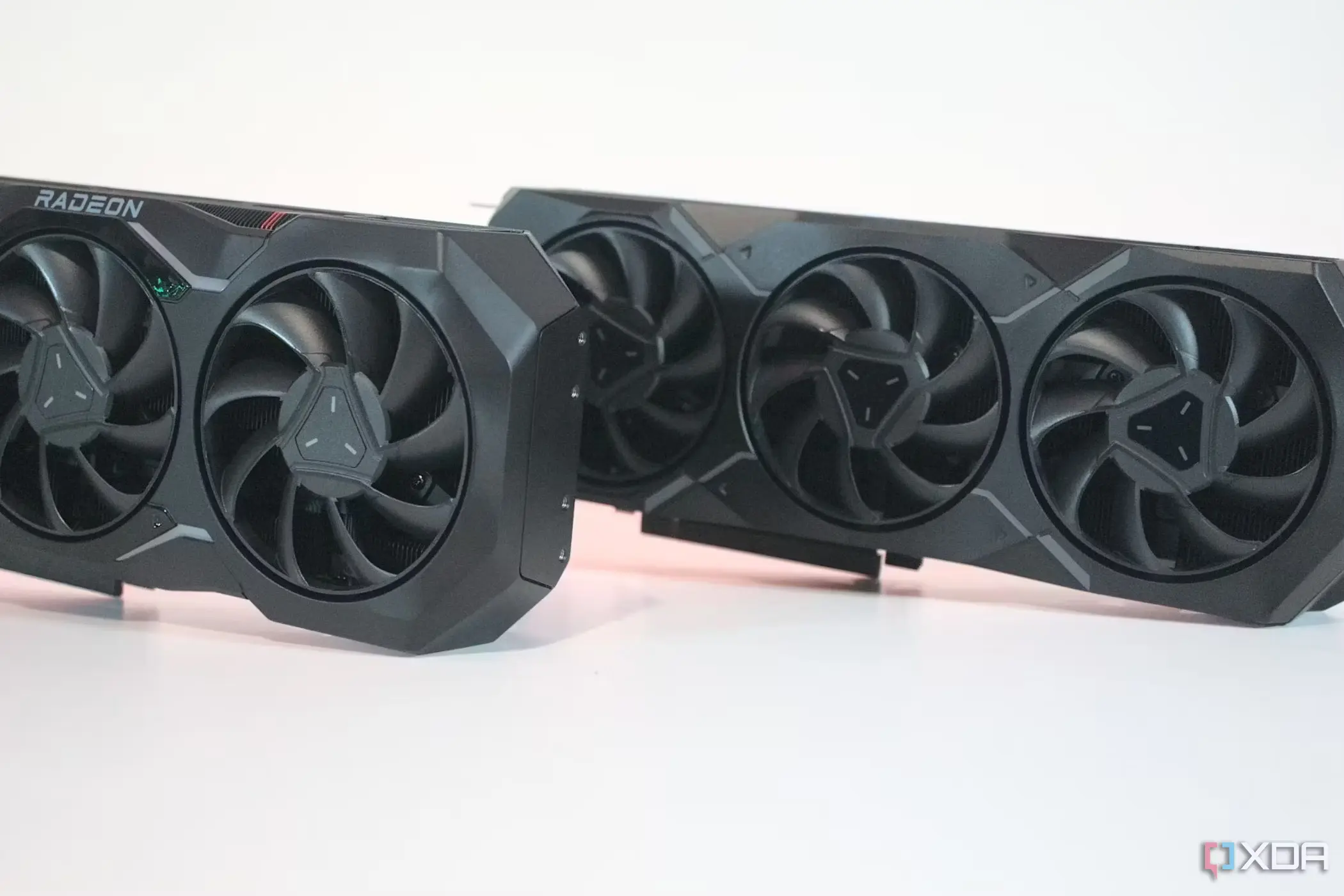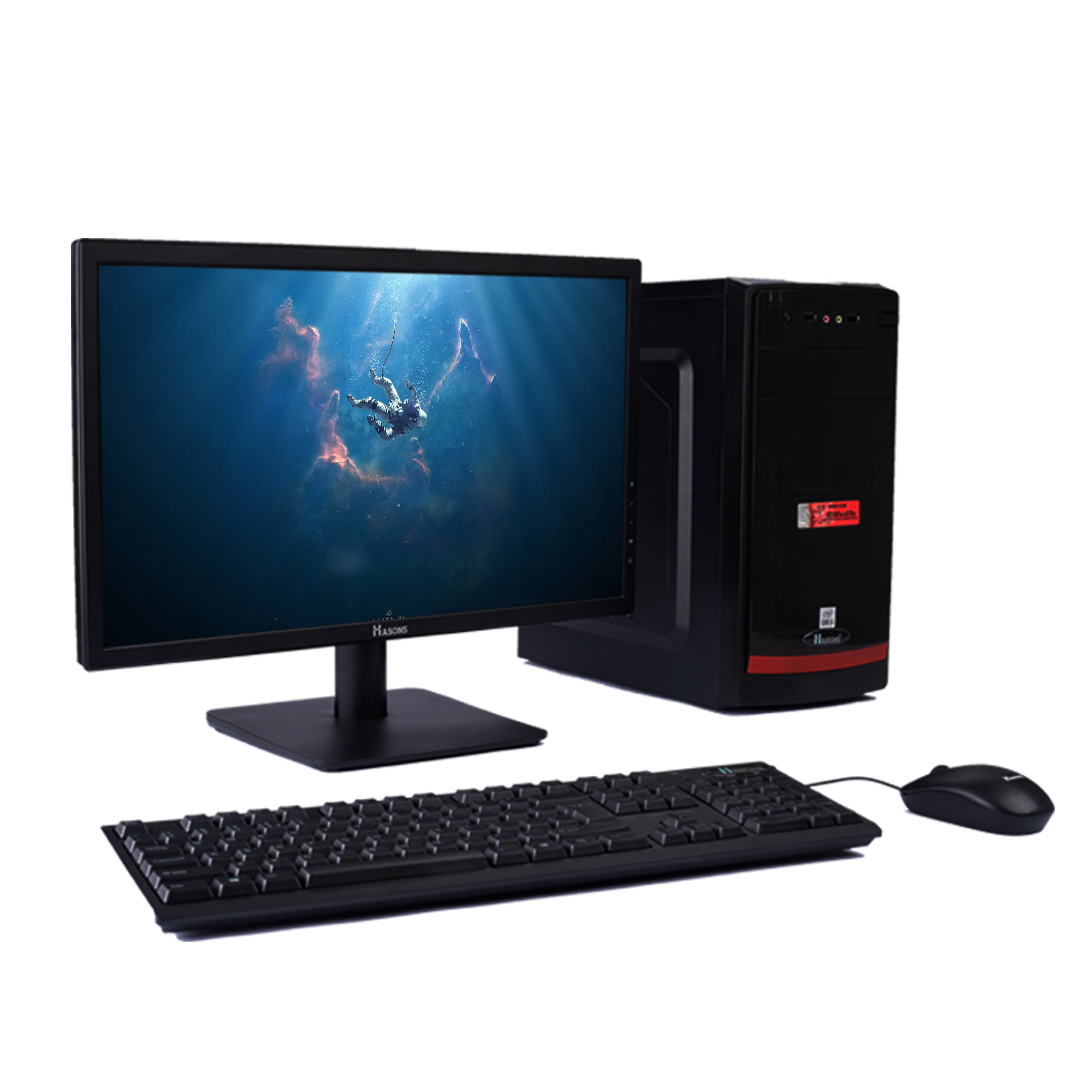Understanding the Inner Workings of Graphics Cards: Bringing Your Games to Life
If you’re a gamer, you know that your graphics card is arguably the most important component in your PC. It can make the difference between silky smooth gameplay and choppy, unplayable performance. But how exactly do graphics cards turn the code of a video game into the amazing 3D environments we experience on screen? In this in-depth guide, we’ll demystify the internal workings of graphics cards and how they render cutting-edge games.
Overview of Graphics Cards and Their Role in Gaming
The Graphics card, also known as a video card, is responsible for processing and displaying all the complex 3D graphics in your games. When playing a game, the CPU sends instructions to the graphics card, which then transforms this raw data into the pixels, textures, and lights you see rendered on your monitor. The faster your graphics card can perform these complex calculations, the higher resolution, frame rate, and graphical settings you’ll be able to use
Without a dedicated graphics card, your computer would have to rely on integrated graphics borrowed from the CPU. While this works fine for basic desktop use, integrated graphics lack the horsepower to run modern games smoothly. Graphics cards feature specialized circuitry and onboard memory optimized for graphics workloads. The GPU (graphics processing unit) at the heart of a graphics card can process hundreds or even thousands of shader operations in parallel, allowing it to render complex 3D scenes without breaking a sweat.
Now, understanding this concept is simple and entertaining for Hasons. Using the Hason website you can always stay one step ahead in your job, business, or studies by purchasing New Age Desktops and All in One Desktops, i3 Intel Core Processor Desktop starting from 15000/-. Monitors, CPUs, and Gaming Desktop are also available. Register on Hasons and order your Tech Partner Now. Get exciting offers and benefits on your every purchase. Contact us so our support team can guide you in purchasing the right Tech Partner.
10th Generation I5 Processor With 2GB Graphic Card Desktop| 16GB RAM| 1 TB HDD| 256 SSD| Hasons Monitor 21.5 Inch Screen
The Components of a Graphics Card and Their Functions
A graphics card is a complex circuit board with various components working together to output smooth frames to your monitor. Here are the most important parts that make up a modern graphics card:
- Graphics Processing Unit (GPU) – This is the brain of the graphics card, containing hundreds or thousands of shader cores designed to process graphics and video streams. The GPU handles computations for rendering 3D models, textures, particles and post-processing effects. The GPU also encodes/decodes videos and outputs the final rendered image to your display. More powerful GPUs feature more cores and higher clock speeds, delivering better gaming performance.
- Video RAM (VRAM) – VRAM stores the assets used to render each frame like textures, 3D models and shaders. The VRAM bandwidth and capacity directly impacts gaming performance. More VRAM allows the card to store more assets for higher resolution textures. Faster VRAM improves asset streaming, delivering smoother frame rates. Common VRAM types are GDDR5 and GDDR6.
- Output Interfaces – These are ports like HDMI, DisplayPort and DVI which allow the graphics card to connect to displays. More modern connections like HDMI 2.1 allow gaming in 4K at 120Hz for high resolution, high refresh gameplay. Cards meant for crypto mining may lack display outputs.
- Cooling System – GPUs output a lot of heat under load. Effective cooling is critical to prevent thermal throttling which decreases gaming performance. Most cards use a heatsink + fans. High-end cards may employ liquid cooling, heatpipes or vapor chambers for the best heat dissipation.
Graphics Processing Units (GPUs): Powering Graphics Cards
The Graphics Processing Unit (GPU) is the engine that powers a graphics card. GPU technology has evolved dramatically from the early days of 3D gaming. Modern GPUs like Nvidia’s Ampere and AMD‘s RDNA 2 architectures bear little resemblance to GPUs from 10-15 years ago. They are incredibly complex and packed with innovations that boost gaming performance exponentially. Let’s examine how GPUs have advanced over the years.

Fixed Function Pipeline to Unified Shaders
Early GPUs used a restrictive fixed function pipeline design, with dedicated shader units hardwired to perform specific graphics operations. Later GPUs adopted a unified shader architecture with flexible general-purpose cores capable of handling any shader task. With unified shaders, GPUs can allocate processing power more efficiently.
Increase in Shader Cores
Higher shader core counts allow GPUs to process graphical effects in parallel across many cores. Nvidia’s flagship RTX 3090 packs 10,496 shader cores! More cores drive higher frame rates in games, especially at higher resolutions. A budget GPU may have only a few hundred cores, while high-end models now have thousands.
Support for New Graphics APIs
GPU hardware evolves to support new software graphics APIs like DirectX 12 and Vulkan, which allow more direct access to the GPU for reduced CPU overhead. Support for ray tracing is built directly into new GPUs via dedicated RT cores to accelerate realistic lighting effects.
Advanced Node Process
Progressively smaller transistor sizes, measured in nanometers (nm), allow GPU makers to fit more cores into less space while boosting efficiency. Nvidia’s Ampere GPUs utilize Samsung’s 8nm process, a huge leap over the 12nm process in their previous Turing GPUs. Smaller nodes translate to better performance.
Architecture Improvements
Besides shrinking nodes, GPU architects use new techniques like hybrid rendering and improved cache hierarchy for faster throughput in games. Significantly higher clock speeds also boost raw shader performance. Software optimizations leverage the hardware changes. Combined, these enhancements multiply gaming performance.
AI Capabilities
Deep learning workloads require massive parallel processing power. GPU makers now bake in hardware support for AI features like Tensor cores in RTX cards which accelerate ray tracing, DLSS gaming and creative apps. AMD also offers AI acceleration. Machine learning will become a standard GPU feature.
Thanks to incredible innovation from AMD, Nvidia and others, today’s GPUs are unrecognizable from those released just a few years back. The rapid evolution has been necessary to power modern gaming tech like 4K and ray tracing. We can expect even more enhancements in the future as GPU tech continues to advance!
Cooling and Power Management : Ensuring Optimal Performance
Delivering cutting-edge graphics requires some serious processing power. Gaming workloads push GPUs to their limit, generating significant heat in the process. Without proper cooling, GPUs would overheat and thermal throttle, limiting performance. Let’s examine the cooling tech that allows graphics cards to sustain high clock speeds and achieve their gaming potential.
 Air Coolers – Fans and Heatsinks
Air Coolers – Fans and Heatsinks
Most consumer graphics cards utilize air coolers with aluminum heatsinks to disperse heat from the GPU die and surrounding components. Powerful fans direct airflow over the heatsink fins to dissipate heat. More premium designs employ larger fans, fins, and multiple heatpipes for increased cooling capacity. Many air coolers feature semi-passive modes, shutting off fans below a temp threshold for quieter operation.
Liquid Cooling
High-end aftermarket and reference models deploy closed-loop liquid coolers, with liquid pumped through a radiator cooled by attached fans. The liquid absorbs more heat versus heatpipes, enabling higher sustained clock speeds. AIO liquid coolers are common on flagship cards like the RTX 3090. Custom water cooling with external radiators allow for even better cooling.
Vapor Chambers and Heatpipes
Vapor chambers and heatpipes transport heat away from the GPU die to heat fins.
Temperature Targets
Graphics cards target temps around 60-85°C under load depending on their thermal design. Lower temps are better for stability and overclocking. Software utilities let you set a custom fan curve to balance noise levels and temperatures. Undervolting can further reduce temps.
Power Draw and Delivery
Higher GPU clock speeds require increased power draw and cleaner delivery. New cards use more power pins (up to 3x 8-pin) to deliver hundreds of watts from the PSU to feed GPU clocks beyond 2GHz. Better components like dual BIOS, Super Alloy Power, and premium capacitors ensure rock-solid stability when overclocking.
Advanced Cooling Methods
Extreme cooling allows maximizing clock speeds for record benchmark scores. Methods like liquid nitrogen, dry ice and chilled water blocks push the limits. But they require complex setups not practical for everyday use. For most gamers, premium air or liquid cooling offer the best experience and reliability.
Achieving the advertised performance of a graphics card requires keeping things cool under pressure. Thankfully various thermal technologies exist to allow stable and consistent frame rates even under demanding gaming loads. Just make sure your case has enough airflow!
Conclusion
We’ve peeled back the covers on the magic inside graphics cards that brings pixelated game worlds to life in stunning detail. It’s amazing how much complexity goes on under the hood – yet creating immersive gaming visuals isn’t so mysterious when you understand the technology powering modern graphics cards.
From the parallel processing prowess of the GPU to the bandwidth of cutting-edge VRAM, the hardware inside graphics cards has evolved tremendously thanks to innovations in architecture, manufacturing, cooling methods and software support. We now have GPUs capable of real-time ray tracing and 4K gaming. It’s an exciting time to be a PC gamer!
| For updates in the How do graphics cards work under the hood to bring your games to life, read Hasons news. | |
| Intel core Processors series 1 Launched | AMD Radeon 780M iGPU on Ryzen 8700G APU |
How do graphics cards work

